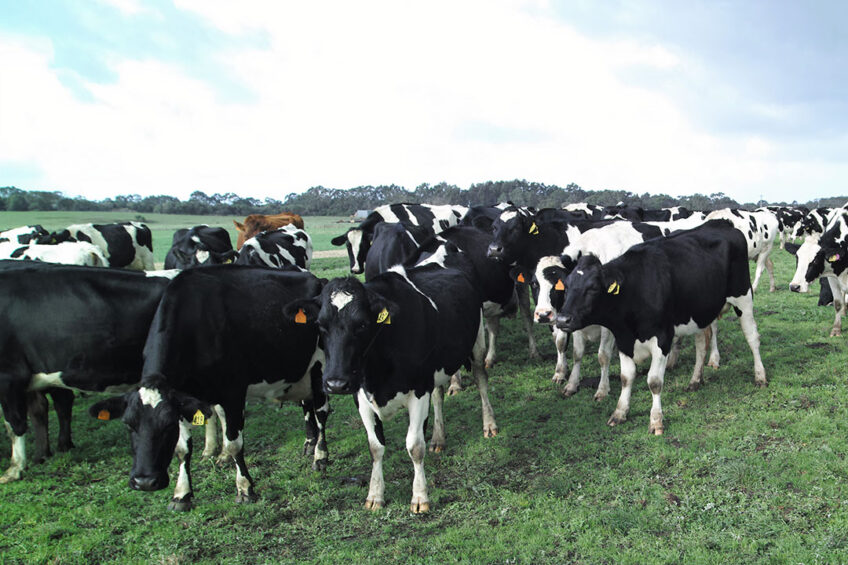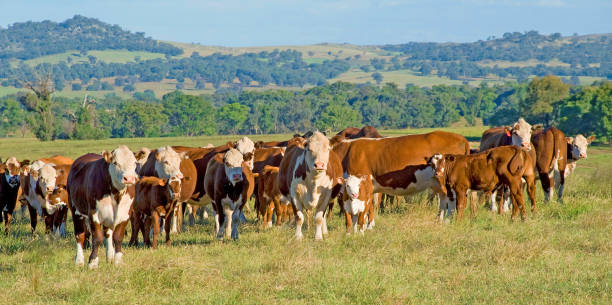Master the Art of Cooking With Turf Fed Meat
In the world of culinary proficiency, understanding the art of food preparation with grass-fed meat holds a prominent placement. From the tender structure to the durable taste profile, grass-fed meat presents a canvas for culinary creative thinking.
Benefits of Grass-Fed Meat

When selecting grass-fed meat, consumers can benefit from its higher levels of omega-3 fats and antioxidants compared to conventionally elevated meat. Constance Cattle. Omega-3 fatty acids are important nutrients that sustain brain wellness, minimize inflammation, and advertise heart health. Grass-fed meat is recognized to have up to 5 times much more omega-3 fatty acids than grain-fed meat, making it a healthier selection for those wanting to boost their consumption of these advantageous fats
In enhancement to omega-3 fatty acids, grass-fed meat is additionally richer in anti-oxidants such as vitamins E and C, along with beta-carotene. Antioxidants play a vital role in protecting cells from damage triggered by cost-free radicals, which can add to different persistent diseases and speed up aging. By going with grass-fed meat, consumers can not only enjoy a much more nutrient-dense and delicious healthy protein resource yet likewise sustain their general wellness and well-being.
Including grass-fed meat into your diet regimen can be a basic yet reliable means to enhance your nutritional intake and profit of omega-3 fatty acids and anti-oxidants that are normally bountiful in this type of meat.
Best Cooking Approaches
Using suitable food preparation methods is vital to protect the nutrient profile and boost the flavor of grass-fed meat. When cooking grass-fed meat, it is very important to bear in mind that it is leaner than conventionally increased meat, making it more susceptible to drying out if overcooked. To guarantee a juicy and delicious result, take into consideration cooking grass-fed meat at a little lower temperatures than you would certainly with grain-fed meat.
Cooking is a preferred method for cooking grass-fed meat as it enables excess fat to leak away, avoiding flare-ups that can cause charring. When barbecuing grass-fed meat, use medium heat and keep a close eye on it to stop overcooking. Another terrific food preparation method for grass-fed meat is pan-searing. This approach aids seal in the juices and produce a delicious crust on the meat.
Slow-moving food preparation techniques such as braising or cooking are likewise outstanding choices for tougher cuts of grass-fed meat, as they help break down the muscle fibers and tenderize the meat. Whichever food preparation method you pick, keep in mind to allow grass-fed meat remainder after cooking to enable the juices to redistribute, making certain a wet and tender last meal.
Flavor Pairings and Seasonings
To boost the natural tastes of grass-fed meat, critical taste pairings and seasonings play an important role in elevating the total dining experience. Grass-fed meat has a rich, distinctive preference that can be matched and boosted by meticulously picked active ingredients. When it concerns flavor pairings, herbs like rosemary, oregano, and thyme work remarkably well with grass-fed beef, lamb, or bison. These natural herbs add deepness and earthiness to the meat, boosting its natural tastes without subduing them.
In enhancement to natural herbs, spices such as black pepper, garlic, and smoked paprika can additionally boost the taste profile of grass-fed meat recipes. These seasonings supply an equilibrium of heat, sweet taste, and smokiness that can improve the overall eating experience. When seasoning grass-fed meat, it is important find out here to utilize top quality salt, like sea salt or Himalayan salt, to highlight the meat's flavors without including unneeded chemicals or ingredients.
Storage Space and Handling Tips
Proper storage space and managing techniques are crucial for preserving the high quality and quality of grass-fed meat. Prevent keeping grass-fed meat near strong-smelling foods as it can absorb smells quickly.
When handling grass-fed meat, it is crucial to practice good health to avoid cross-contamination. Wash your hands extensively prior to and after dealing with the meat, and make sure that all tools and surface areas that come right into contact with the meat are cleaned and sanitized correctly. Furthermore, utilize separate cutting boards for meat and vegetables to stay clear of microbial transfer.

Top Grass-Fed Meat Recipes
When thinking about the most effective ways to enjoy the top quality and freshness of grass-fed meat, exploring top-notch dishes can elevate your cooking experience. Grass-fed meat's rich taste and leaner profile lend themselves well to a variety More Bonuses of meals that highlight the all-natural goodness of the meat. One leading recipe to attempt is a classic Grilled Grass-Fed Ribeye Steak experienced with straightforward active ingredients like salt, pepper, and a touch of garlic for a durable taste. For a comforting dish, a Slow Cooked Grass-Fed Beef Stew with root vegetables and fragrant herbs is a hearty option that highlights the meat's inflammation.
If you're in the mood for something lighter, a Grilled Grass-Fed Hamburger served with fresh toppings and a side of pleasant potato fries is a scrumptious selection. Furthermore, a Herb-Crusted Grass-Fed Crown roast roasted to perfection with a collection of breadcrumbs and natural herbs is a show-stopping dish for special occasions. These top grass-fed meat dishes display the versatility and exceptional quality of grass-fed meat, enabling you to appreciate its superior taste in different culinary developments.

Verdict
To conclude, mastering the art of food preparation with grass-fed meat uses various advantages, consisting of boosted dietary worth and superior taste. By using the finest food preparation methods, try out taste pairings and seasonings, and following appropriate storage space and handling tips, you can produce nutritious and tasty recipes. Try some leading grass-fed meat recipes to elevate view website your culinary abilities and enjoy the full capacity of this high-quality active ingredient.
When cooking grass-fed meat, it is important to remember that it is leaner than traditionally raised meat, making it a lot more vulnerable to drying out if overcooked. To guarantee a juicy and tasty end result, consider cooking grass-fed meat at somewhat lower temperatures than you would certainly with grain-fed meat.
When seasoning grass-fed meat, it is necessary to use high-quality salt, like sea salt or Himalayan salt, to bring out the meat's flavors without including unnecessary chemicals or ingredients.
Grass-fed meat's rich taste and leaner profile lend themselves well to a variety of recipes that highlight the natural benefits of the meat. These top grass-fed meat recipes showcase the flexibility and exceptional top quality of grass-fed meat, permitting you to appreciate its superior preference in various culinary productions.